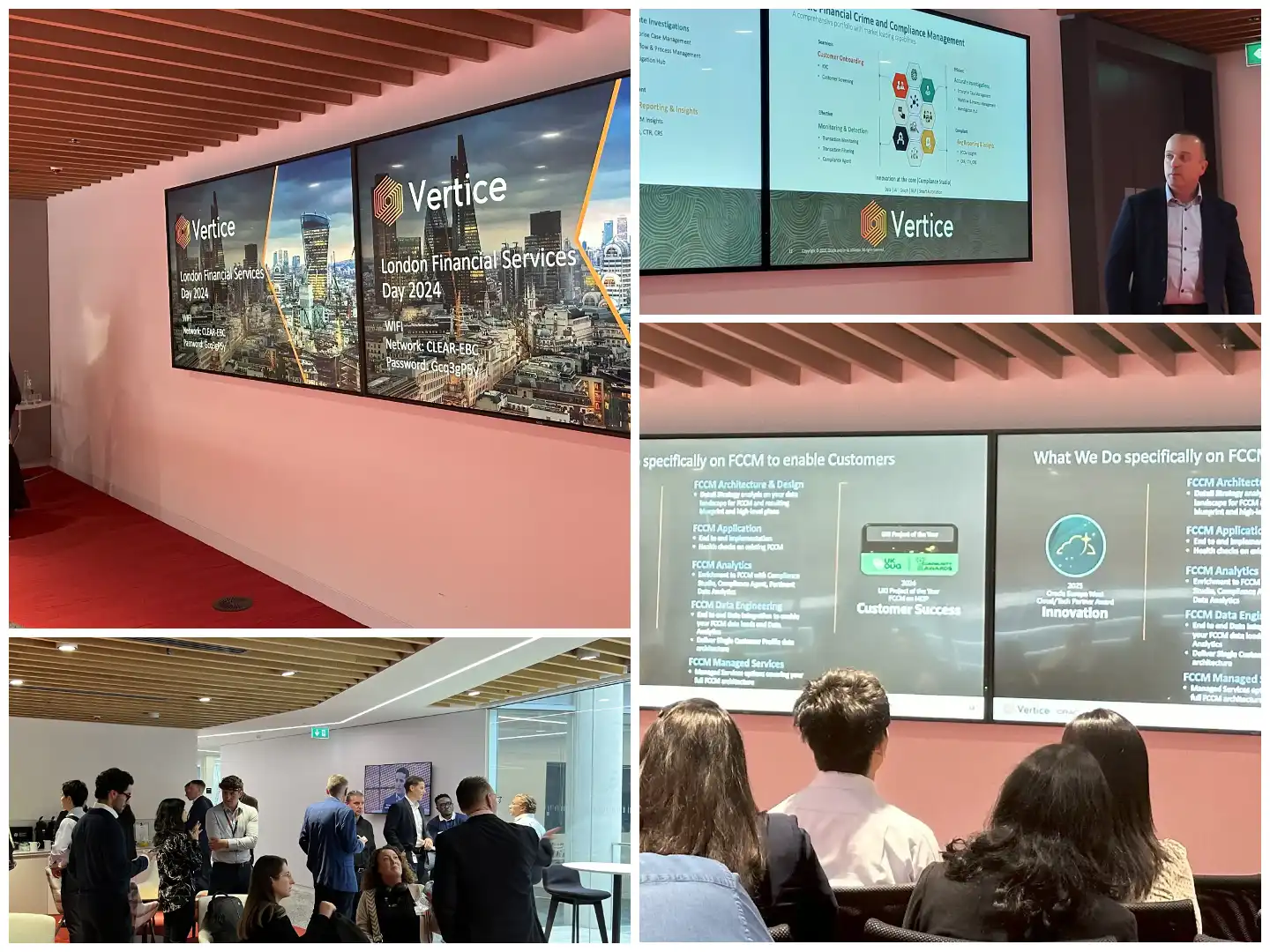The Vertice team took the second “ODTUG Oracle Analytics Storytelling Challenge” in August 2020. The challenge was taken on by Paritosh Gupta, Mayank Jain, and Shalini Mahajan. In this storytelling challenge, we showed how we analysed the data and took this challenge while working remotely during the current pandemic.
Methodology We Followed
As an analytics team we used the CRISP data mining technique which is a robust and well-proven technique, we also followed the Scrum methodology which is an Agile framework.
The Architecture and Technical Aspects
Once we got the data on Monday 24th August at around 4 pm Irish time, we started with the initial data exploration. After the initial analysis we found out that the data consisted of Customer Data & Product sales information, so we decided to do Customer Segmentation based on three business segments which are; Demographics, Geographical, and Behavioral.
Since the dataset was very large, we chose to use the k-means clustering algorithm because it can efficiently handle large data sets and iterates quickly to finding good solutions. We were provided with 9 tables by the ODTUG team. Since the data volume was very high, we joined these tables using PL SQL and did Clustering in the Oracle Autonomous Data Warehouse (ADW). To answer one of the business questions we used the machine learning technique Sentiment Analysis in Oracle Analytics Cloud (OAC).
The Workflow
The main business objectives which we set for this challenge were to find the answers to the below business questions. These questions were decided in our first virtual sprint planning meeting which took place on 25th August.
- How to optimize marketing strategies by demographic segmentation?
- How are different countries and products linked together by sales?
- Which country has only negative or positive comments, and what can be the reason behind it?
After data understanding, accordingly, we prepared and modelled the data. We scheduled daily virtual stand-ups every morning at 11 am for 15 mins to catch up on what we did yesterday, what we need to do today, and what are the current impediments. We evaluated our model according to our business objectives. We had our virtual sprint review meeting for feedback on Thursday 27th August. In the end, we created the following canvases in OAC to showcase our work and tell the data story.
Demographic Analysis: This canvas answers our first business question.
Which country has only negative or positive comments, and what can be the reason behind it?
[/et_pb_text][et_pb_image src=”https://verticecloud.com/wp-content/uploads/2020/10/Fig2.png” title_text=”Fig2″ align=”center” _builder_version=”4.5.7″ max_width=”80%” custom_margin=”62px|||||” box_shadow_style=”preset1″][/et_pb_image][et_pb_text _builder_version=”4.5.7″ text_font=”Poppins|300|||||||” text_text_color=”#000000″ text_font_size=”16px” text_line_height=”1.8em” header_font=”||||||||” header_3_font=”Poppins|200|||||||” header_3_font_size=”16px” min_height=”54px” custom_margin=”73px||15px|||” custom_padding=”6px|||||”]
Geographical Analysis: This canvas answers our second business question.
How are different countries and products linked together by sales?
Behavioral Analysis: The below two canvases answers our third which is our last business question.
Which country has only negative or positive comments, and what can be the reason behind it?
Emotions by Country: In this canvas, we have shown the total number of positive, negative, and neutral comments filtered according to the country.
For this challenge, we were able to easily utilize the Sentiment Analysis ML model in OAC data flow. In ADW, it was easy to join the provided nine tables using PLSQL and we also used Clustering methodology which conveniently dealt with the large dataset. Clustering uses machine learning to identify the pattern of log records, and then to group the logs that have a similar pattern and it also helps significantly to reduce the total number of log entries that you have to explore and easily point out the outliers. For this task, we used the advance graphs for the data visualisations in OAC to demonstrate the best data story on the provided data.
So, this is how the Vertice team pulled off the ODTUG Oracle Analytics Storytelling challenge during this difficult time while working remotely from home and following the below famous quote said by Albert Einstein; “Strive not to be a success, but rather to be of value.”
Shalini Mahajan is a Senior Data Analytics Consultant at Vertice. She has over 6 years of experience working with database management and data analytics. She began her career as an Application Software Development Consultant at NTT Data after she finished a Bachelor of Engineering degree in ECE from Visvesvaraya Technological University. She is very passionate about analytics and business service innovation. She holds a Master’s Degree in Business Analytics from UCD Michael Smurfit Graduate Business School.
Follow us on LinkedIn



